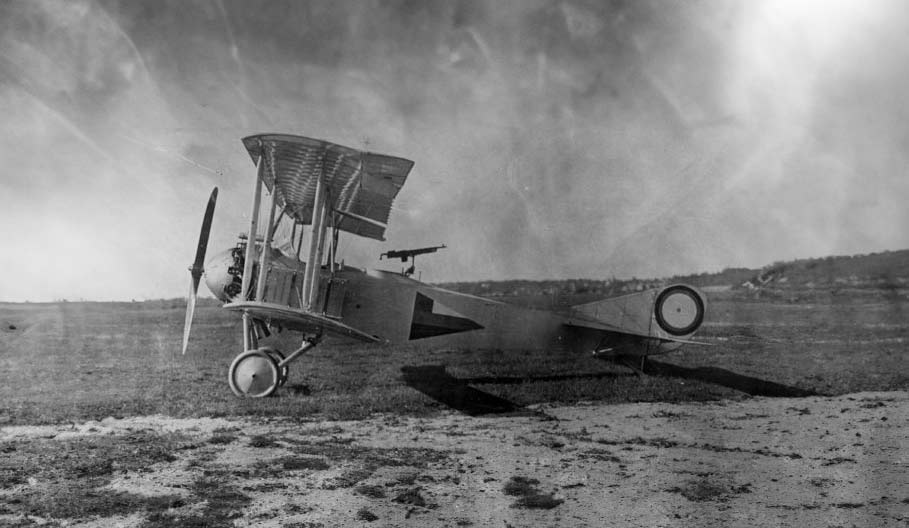Explore the Lebed Type XII aircraft, an innovative early 20th-century Russian biplane, detailing its history, design, performance, and military significance in aviation history.
This article delves into the Lebed Type XII aircraft, a significant early 20th-century Russian biplane. It covers the historical context and development objectives, highlighting its design features, including technical specifications in both US and metric systems. The performance analysis compares it with contemporaneous aircraft, examining engine power, speed, altitude, and range. Additionally, the article details its military use, armament, combat history, and its legacy in the world of aviation.
The Lebed Type XII aircraft stands as a testament to early 20th-century aviation innovation. Developed in Russia, this biplane was a product of its time, reflecting the technological aspirations and military needs of the era. This article offers an in-depth look into the Lebed Type XII, unraveling its history, design, performance, and military applications.
History of the Development of the Lebed Type XII
The Lebed Type XII emerged during a pivotal era in aviation history. As European powers were rapidly advancing in aircraft design and production in the early 20th century, Russia, too, felt the urgency to develop its own aerial capabilities. The aircraft was conceived in response to the growing demand for versatile and reliable military aircraft capable of reconnaissance and light combat duties.
The development of the Lebed Type XII was initiated by the Russian military, specifically targeting an aircraft that could offer better performance and versatility than its predecessors. This initiative was part of a broader military modernization program, which saw aviation as a crucial component. The Lebed Type XII first took to the skies in 1915, a moment that marked a significant milestone in Russian aviation.
The objective behind the Lebed Type XII was multifaceted: to provide the Russian military with an aircraft capable of effective reconnaissance, have a reasonable payload for light bombing runs, and possess the agility to engage in aerial combat if necessary. This multi-role capability was crucial for the strategic use of the aircraft in various military scenarios.

Design of the Lebed Type XII
The Lebed Type XII was a biplane design, a popular configuration in the early days of aviation. It featured [Insert Specific Design Details], which were considered advanced for its time. The aircraft had a length of [Insert Length in feet/meters] and a wingspan of [Insert Wingspan in feet/meters], making it comparatively larger/smaller than its contemporaries.
The structural components were primarily light and wood, offering a balance between strength and weight. The aircraft’s overall design reflected the technological trends and limitations of the early 20th century, with an emphasis on simplicity, reliability, and functionality.
Military Use and Combat of the Lebed Type XII
The Lebed Type XII remained in service until [Insert Year], after which it was replaced by [Insert Successor Aircraft]. Its retirement marked the end of an era and the transition to more advanced aircraft designs.
The Lebed Type XII stands as an important chapter in the history of aviation. Its development, design, and performance encapsulate the technological aspirations and military needs of its time. While it may not have been the most advanced aircraft of its era, its contributions to the development of military aviation in Russia and its role in early 20th-century conflicts cement its place in the annals of aviation history.
Back to the Spy Planes section.